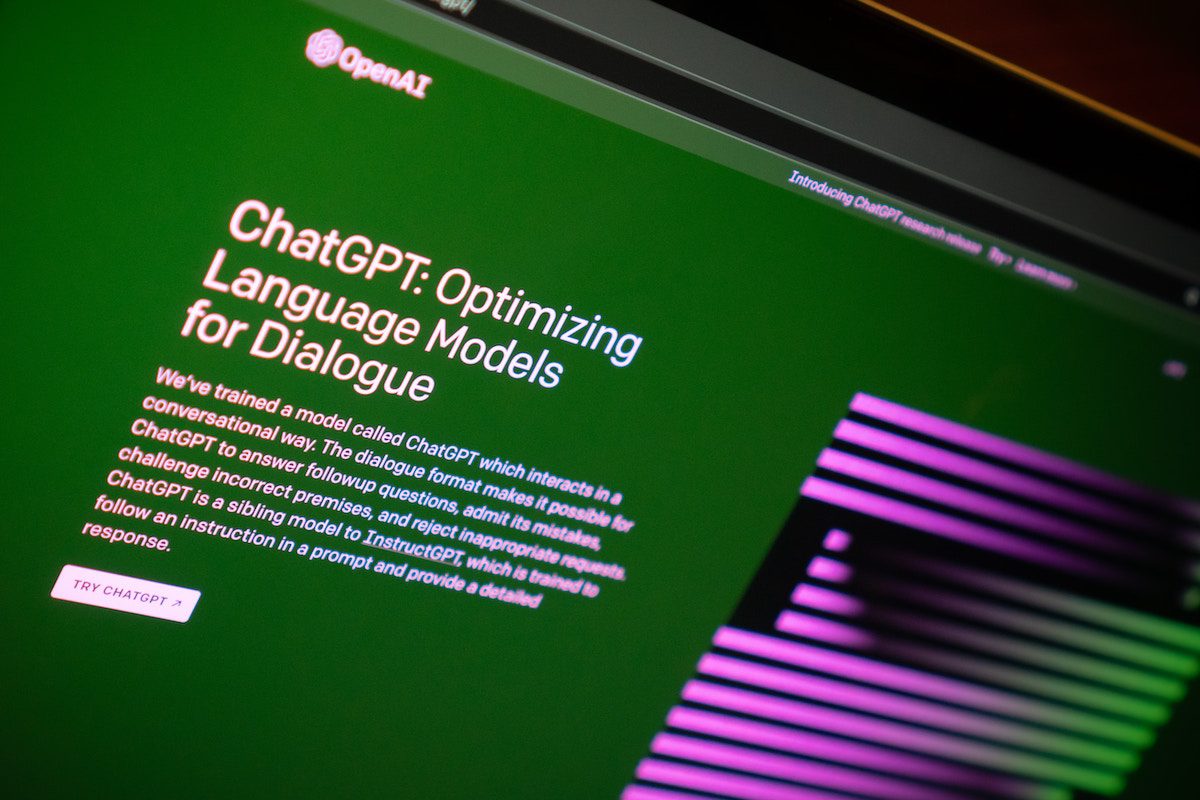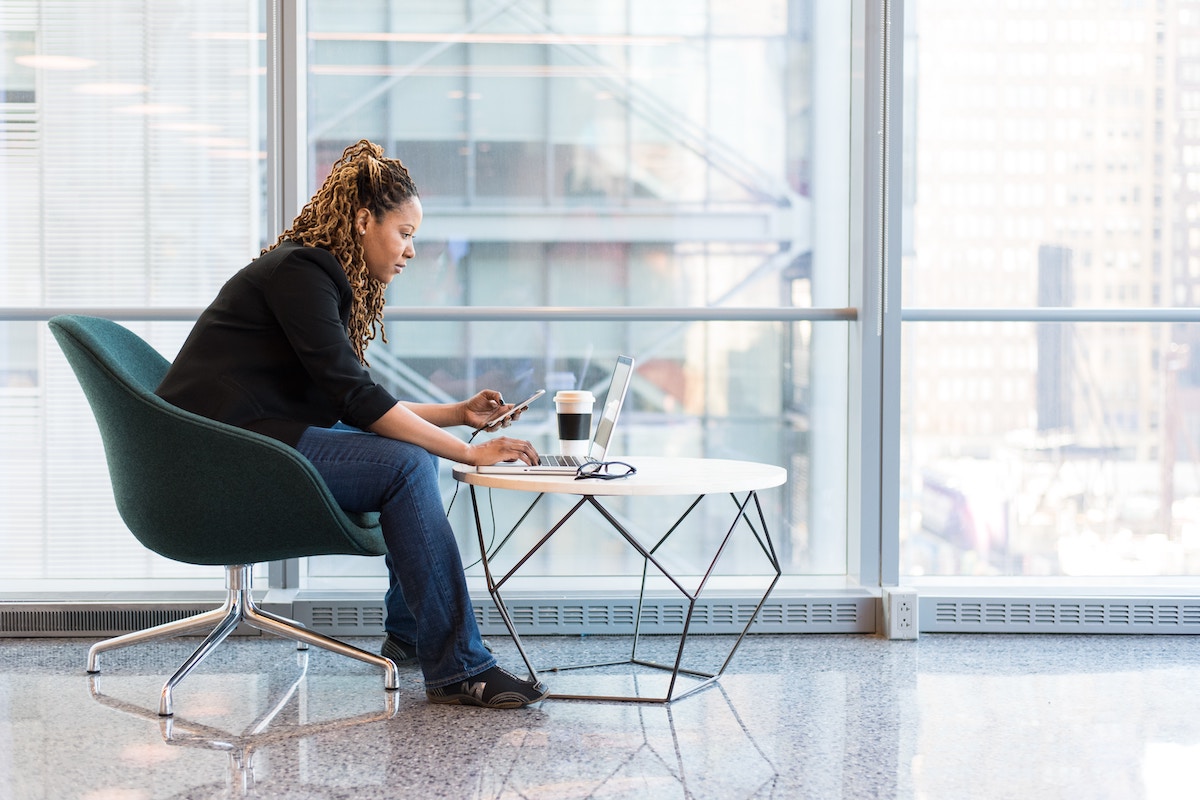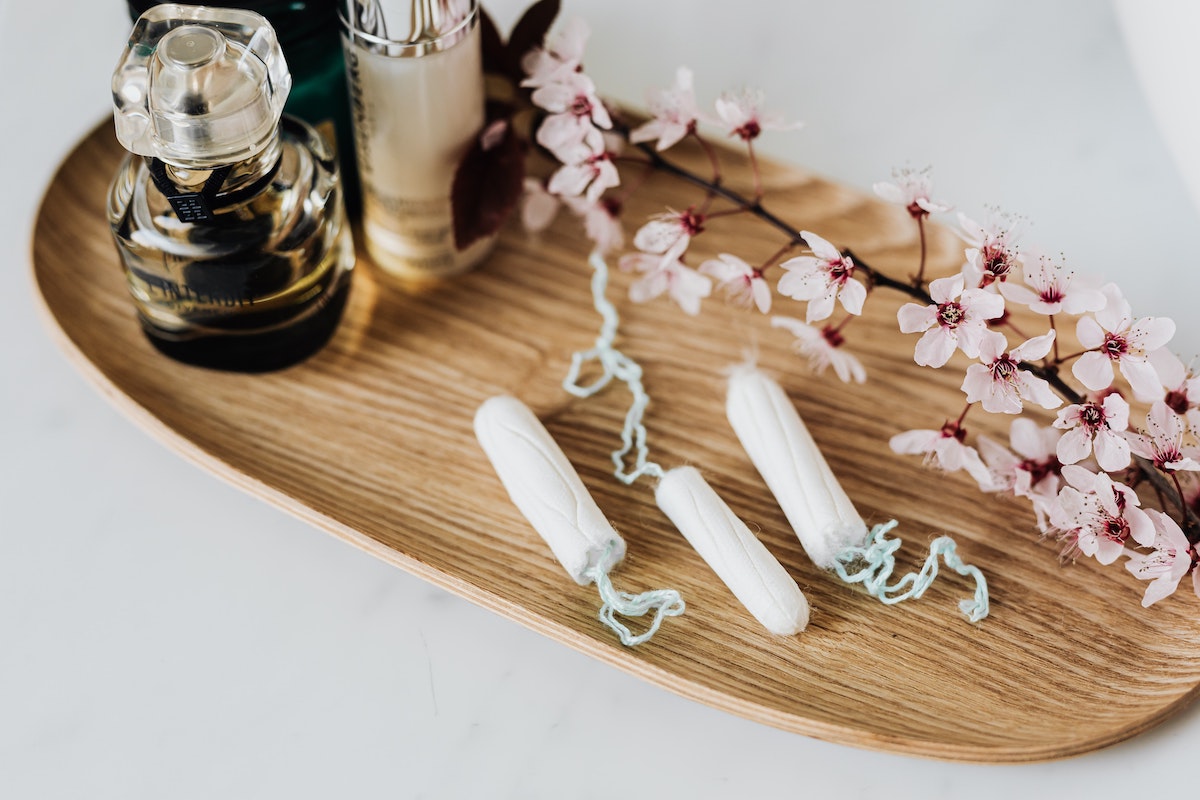Five Ways to Single Task
After attending Dawn Jackson (“DJ”) Blatner’s Mindful Eating workshop this past January, I came out with two of my own key takeaways: 1. Wow, I really do not chew my food enough; 2. I need to slowwww downnnn.

DJ’s workshop (which you can watch from home at the link above!) focused mainly on our relationship with food and learning how to create more mindful eating habits, but one of the main lessons of mindful eating can be applied to everyday life more broadly in the concept of “single-tasking.”
Single-tasking is exactly what it sounds like – the rival cousin of multitasking, begging us to slow down and focus on doing one thing at a time instead of perpetually juggling and fumbling the competing tasks on our to-do lists. Recently, I found myself on a conference call to help plan an event, while [muted] on a Skype video call for a group project, all while attempting to cook dinner at the same damn time. I told myself the perpetual lie, “I’m at my best when I’m busiest.”
Yeah, it was time for a change.
The concept of single-tasking has been praised by many as a “productivity hack,” but I believe if we think of it only as a means to getting more done, we are kinda missing the point. At its best, single-tasking forces us to live in the moment, feel and acknowledge our feelings, and to seek enjoyment out of the otherwise seemingly mundane parts of life.
Single-tasking can also seem impossibly difficult to do. I’m about four weeks into leaning into the concept, and I continue to struggle. As we face the next few weeks of social distancing, now is a good time to practice with me.
Here are five tips I’ve found most helpful:
Trim your to-do list
Look at your to-do list for the day and try to cut it down; three is a good number to start with. Humans have an uncanny ability to overestimate what we can do in the short-term. While this can be a good thing (it pushes us and tests our willpower, certainly), it can also stress us out to navigate an ever-growing to-do list that should have been done yesterday (or last week).
Try to put only a few things (start with three) on your to-do list each morning – bonus points if one of them includes something restful. Listen, you can always add more later in the day if you want to!
Keep your phone out of sight for specified periods of time
I realize how impossible this one seems amidst the desire to constantly look at Twitter for updates and hot takes on COVID-19 and the need to feel connected to others during this time of isolation. Admittedly, my screen time went up 71 percent last week (oops – I told you, I’m trying but I’m not perfect).
I’ve found the easiest way to limit phone screen time is to specify activities that you will put your phone away during – for me, these include: when I’m eating meals, when I am preparing for bed (there are no phones allowed in bed! – just ask my husband), and when I am working on any of the three daily goals or tasks I have for myself (writing this article was one of my “to dos” today, and my phone is in my bedroom).
If I do have my phone, I choose to lay it with the screen facing down and limit any notification noise (my phone will only ring out loud after I’ve been called twice in a row by someone). While these solutions are not perfect (phone addiction is real and it’s a problem), taking some steps can be helpful. Using Apple’s features to limit time exposure to specified apps can also help.
Let people you are working with know your plan
In a world when it feels impossible to not be “always on,” stepping away and single-tasking on your own terms can seem nearly impossible when you feel you are subject to someone else’s schedule.
For me, this has means having conversations with the people I need to collaborate with to let them know when to expect me to be responsive (e.g., “I will check my e-mail tomorrow morning and plan to send out a new draft by tomorrow afternoon around 3 pm”). While I try to respond to all e-mails that warrant responses within 24 hours, I usually reserve only one or two blocks of time during the day to actually send responses. If I responded to e-mails all day as they came in, I fear I’d never get off my e-mail.
While I realize this pre-planning cannot apply to everyone and all jobs every day, most of us would be surprised by how flexible we can be if we have a plan in place – and it allows us to be proactive instead of reactive to our inbox.
Practice active listening
When your to-dos involve other people, they tend to be more complicated and distracting than tasks that we perform alone. With “being present” in mind, projects that require collaboration can be a great opportunity to practice active listening.
During this time of social distancing, phone calls and video conferencing continues to replace in-person communication; it has never been easier to be distracted during a conversation. But when done right, “single-tasking” our communication and active listening during our calls can help us improve our relationships with one another (and help us feel heard and less alone!).
Turn down the noise
In an age of hot, new jams from J. Beibs and a podcast for every topic imaginable, it can be hard to turn down the volume, but there is power in silence. Sitting in silence has been known to lower blood pressure, boost immune systems, and decrease stress (among other claims – like physically aiding your brain in growing new cells – what!).
Finally (#6?), know that change is not going to happen at once. Single-tasking is hard and can be daunting; for some (like me), it is a complete mindset overhaul. If you find yourself doing #allthethings! or unable to stop checking those Twitter notifications today, it’s ok. Give yourself a break. We’ll continue to improve if we take it day by day.












